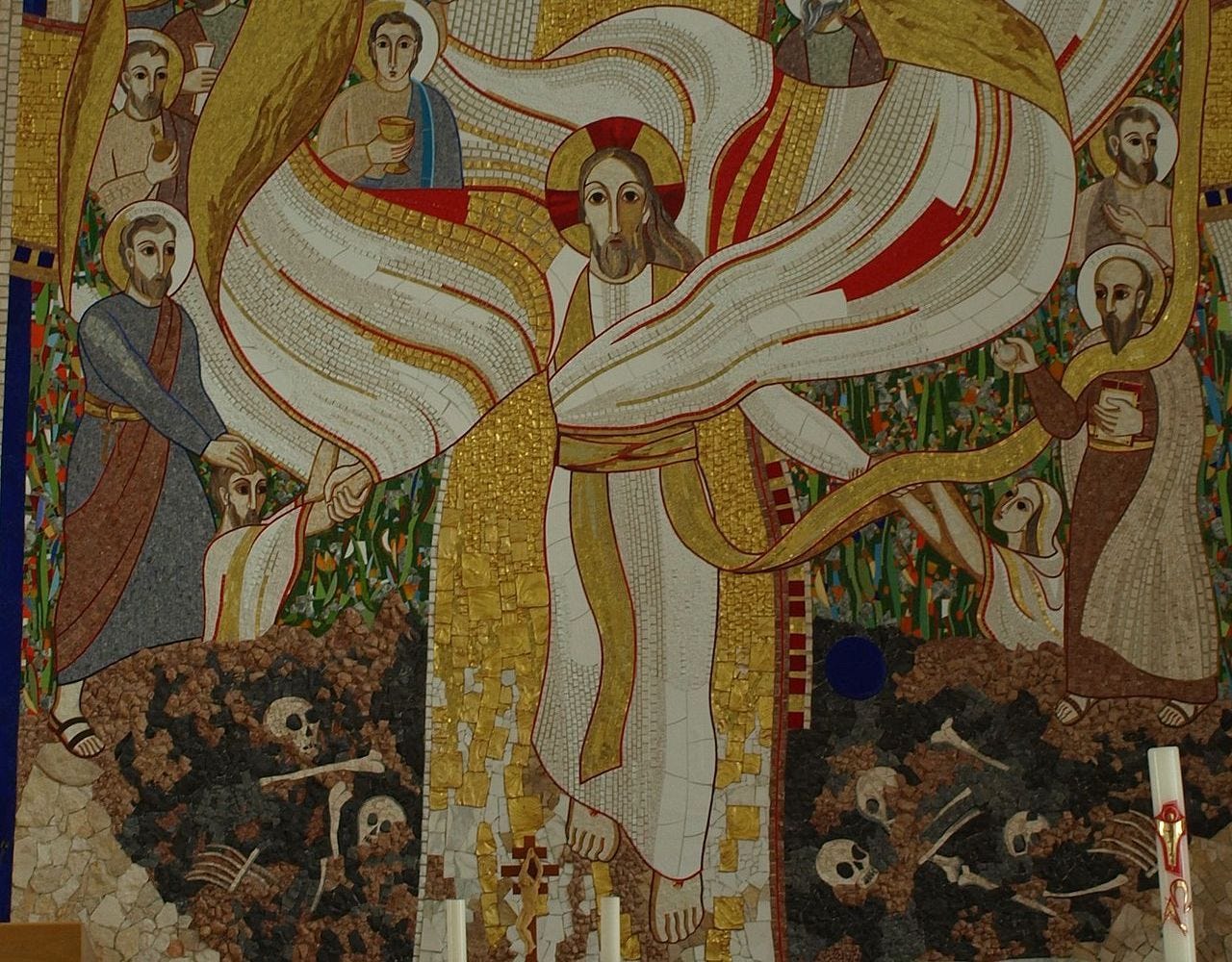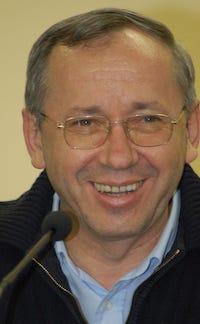

Allegations against a Slovenian Jesuit artist have become a point of scandal in Europe, where Fr. Marko Rupnik, SJ, is accused of serially abusing Slovenian consecrated women, and questions have been raised about the Vatican’s handling of the affair.
While the priest, 68, is prohibited from public ministry, the allegations raised publicly in recent days have again raised questions about public accountability and transparency in the Church’s own criminal justice system — and about a lack of consistency in the Church’s approach to the application of justice.
And newly emerged information confirmed to The Pillar paints an unflattering portrait of the Vatican’s handling of the allegations against Rupnik.
But to Vatican-watchers, the outline of Rupnik’s case has a familiar shape and hue. And alongside similar cases, it contributes to the emerging picture of the Vatican’s continued handling of serious sexual abuse cases involving clerics.
Start your day with Starting Seven - a daily news roundup in your inbox.
—
Fr. Marko Rupnik is more well-known in Italy than he is in the United States. The priest has designed mosaics for dozens of contemporary European churches; thousands of people watch a weekly YouTube video of his commentary on the Sunday Scripture readings.
Rupnik is not a household name in the United States, but his work is still likely familiar to many Catholics.
He designed the official logo of 2022’s World Meeting of Families.
He also designed the mosaics of the chapel at the John Paul II shrine in Washington, DC:
And he designed the Knights of Columbus chapel in Connecticut, as well as a chapel at Sacred Heart University and several other sacred spaces in the United States.
But it emerged last week that Rupnik was accused last year of spiritually and sexually abusing adult women who belonged to a Slovenian religious community.
Italian media say the priest committed psychological and sexual abuse against women who belong to the “Loyola Community,” an association for which Rupnik was a chaplain in the early 1990s.
Accusations against the priest were raised to the Vatican’s Dicastery for the Doctrine of the Faith last year, Italian media reported, and an investigation into them was begun.
After news of the allegations broke, the Society of Jesus said this week that the priest was placed under restrictions during the investigation, and remains prohibited from public ministry and from offering spiritual exercises.
But the restrictions on Rupnik’s ministry were not announced publicly — and the priest continued his YouTube scriptural commentaries, gave a talk on Eucharistic adoration at a diocesan seminary in Rome, had a meeting with Pope Francis in January, and was permitted to receive an honorary doctorate last month in Brazil.
Those circumstances have raised in Italy a familiar set of questions about transparency regarding accusations against clerics, and about the willingness of some ecclesiastical officials to take seriously allegations of spiritual/sexual/psychological abuse of adults — a problem that victims’ advocates have repeatedly flagged since the 2018 McCarrick scandals.
But the Rupnik situation raises still more questions.
The Society of Jesus announced Dec. 2 that it was informed several months ago that the DDF would not authorize a canonical-criminal proceedings against Rupnik because prescription has expired — the canonical way of saying that the statute of limitations had run on his alleged crimes.
While an expired statute of limitations might seem to mean the DDF’s hands are tied, in canon law that’s not really the case — the dicastery is empowered to waive prescription - holding a penal process anyway - and does so regularly on some penal issues, almost as a matter of course.
Some canonists have expressed surprise - and confusion - that the Vatican did not waive prescription in Rupnik’s case, noting that while the priest’s case was handled within the boundaries of the law, it is nevertheless curious that DDF officials did not press harder to see justice served through a trial or other penal process.
But senior Church officials told The Pillar Monday that there are more scenes to be painted in the emerging story of Fr. Rupnik.
First, Vatican sources close to the DDF confirmed to The Pillar Monday that the dicastery had before last year received other allegations against Rupnik, specifically related to sacramentally absolving a sexual partner, a crime categorized as a “most grave delict” in the Church’s law.
It is not clear how those allegations were handled, but neither a penal process nor a penalty against Rupnik was announced.
Second, a former DDF official who would have overseen allegations against Rupnik has reportedly close ties to the priest.
Archbishop Giacomo Morandi was until January the DDF’s secretary, its second-ranking official, and was also a longtime professor at the Centro Aletti, a Roman theological institute of which Rupnik is the director.
Some Vatican sources have told The Pillar that association gives them pause.
In sum, Rupnik has been twice accused of grave misconduct, and in neither case seemingly faced a penalty. His ministry was apparently restricted, but that hasn’t stopped him from receiving an honorary doctorate, giving a lecture for the Diocese of Rome, or making weekly YouTube videos for an audience of thousands.
And of course neither allegations, investigation, nor restrictions were made public until they were reported by journalists.
📰
—
There are, to be sure, unique elements of Rupnik’s case. But most striking in the case are the similarities it bears to other high-profile cases — the common elements it has with the cases of Zanchetta, Inzoli, Belo, Santier, Buela, and others.
The Holy See has aimed in recent years to paint a picture depicting serious and ongoing reform of clerical abuse processes — Pope Francis has urged transparency, equality under law, and a commitment to seeing justice done.
But the pieces lining up on the wall, Rupnik the most recent, could seem to create a different mosaic — one in which “transparent justice” seems obscured by politics, personal relationships, or plain administrative failures, despite the promulgation of new policies and the promise of new approaches..
As that mosaic becomes clear, it could well be seen as a legacy of the Francis pontificate: that despite rhetoric to the contrary, very little has yet changed on a central plank of the pope’s reforming agenda — one important to Catholics around the world.
Will that be the picture Francis leaves on the wall? Or will the pontiff manage to change the narrative? If he aims to, addressing the scandal of Fr. Rupnik might prove a useful start.







